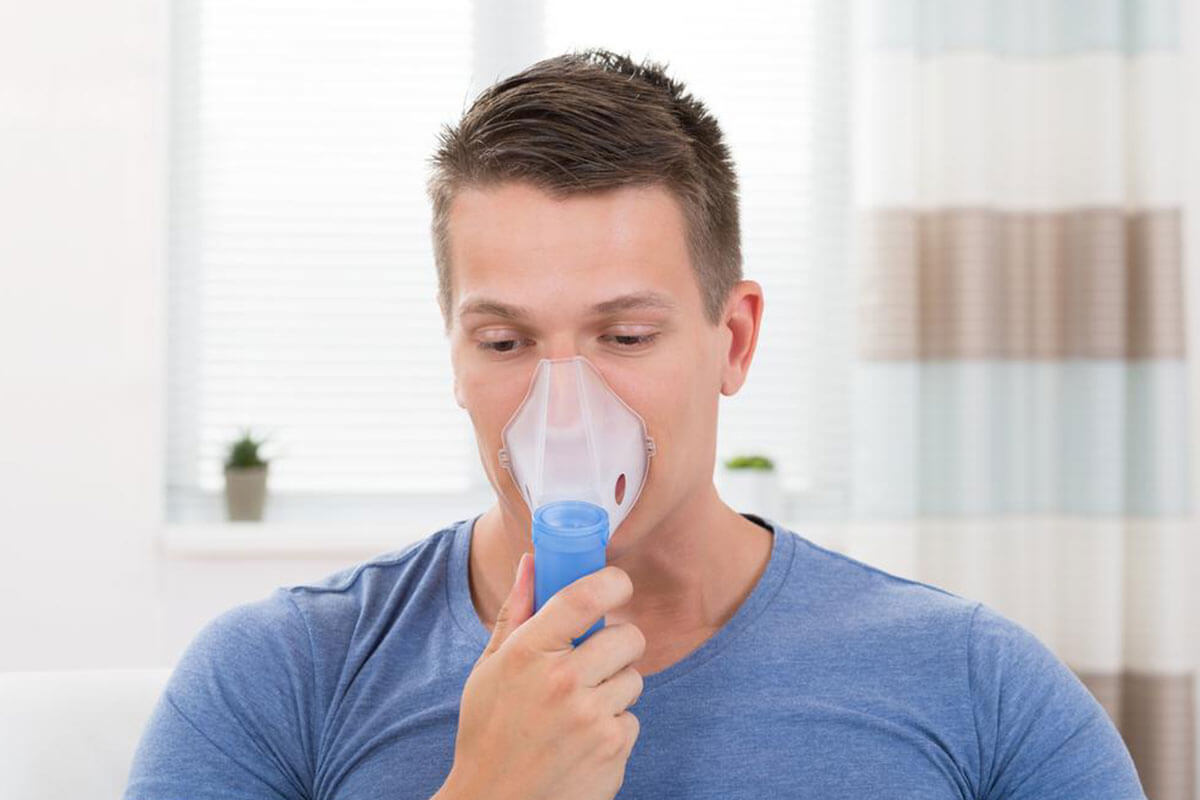Do COPD Breathing Machines Even Help?
COPD (Chronic obstructive pulmonary disease) is an illness where the respiratory system is damaged, causing difficulty while breathing. Unfortunately this disease has no cure, it only gets worse if not paid attention to. Hence it becomes important to understand what COPD breathing machines can do to save lives.
COPD stands for chronic obstructive pulmonary disease that progressively causes difficulty in breathing. In this condition, the movement of air through your lungs becomes very difficult since the airways get damaged.

- Chronic bronchitis
This is a condition where cough occurs regularly with excessive production of mucus, and lasts for a very long time. Chronic bronchitis is caused by excessive smoking or even by exposure to various bronchial irritants.
- Emphysema
This is a condition where the lung tissues responsible for the passing of oxygen and carbon dioxide in and out of the body are damaged. This results in shortened breaths due to the over-inflation of the air sacs in the lungs which are known as alveoli. Emphysema is an obstructive lung disease where the airflow is slow on exhalation because of the over inflated alveoli which makes movement of air and exchange of gases difficult.
As mentioned earlier there is no cure for COPD, but there are a few ways to treat the condition and make it manageable. The common treatment devices used are called COPD breathing machines that help by improving the symptoms and stopping the disease from getting too aggressive. There are various stages of COPD that determine the appropriate use of COPD breathing machines accordingly. The following are various types of widely used COPD breathing machines.
- Inhalers and nebulizers
They help the medicines to reach directly into the lungs. Both, inhalers and nebulizers follow the same purpose, but are effective in different ways. Nebulizers are COPD breathing machines that help convert medicines in the liquid form to mist, that can be easily absorbed by the lungs. Inhalers are also known as bronchodilators. They help in opening the airway of the lungs, and reducing any secretions deposited there, making it easier for the patient to breathe. There are three types of inhalers or nebulizers available- MDIs (meter dose inhalers), DPIs (dry powder inhalers), and SMIs (soft mist inhalers).
- Ventilation
COPD breathing machines also include ventilators that are often used in serious conditions when the disease has worsened and breathing becomes exceedingly difficult for the patient. In rare scenarios, COPD breathings machines like ventilators are used as long term therapy within care facilities or even at home. There are three kinds of ventilators which are broadly categorized as noninvasive ventilators, invasive ventilators, and chronic ventilators.
NPPV stands for noninvasive positive pressure ventilation. These COPD breathing machines push air inside the lungs with the help of a mask that covers the nose and mouth. This treatment is recommended when the patient is experiencing extreme difficulty in breathing, which is not minor enough to be controlled with the help of a nebulizer or inhalers.
Invasive ventilation is a COPD breathing machine where there is a breathing tube inserted inside the patients windpipe, and the machine then forces air directly into the lungs. This is used often when the patient experiences a major COPD attack, however it is not always life-saving, and therefore needs to be performed with the consent of the patient’s guardian. Currently the use of NPPV is favored much more as compared to intubation or mechanical ventilation among the COPD breathing machines.
There are certain patients suffering from COPD that cannot get enough relief even with the use of the mechanical ventilations like NPPV. In such scenarios, chronic ventilation is recommended. In cases when it is quite obvious that the patient will not come off the ventilator, a procedure called tracheostomy is performed, where a hole is made in the neck to connect to the trachea. A tube is then entered into the hole which is connected to the ventilator directly. These COPD breathing machines offer an invasive treatment when the patient experiences acute exacerbation that worsens the respiratory system despite rigorous medical therapy. The average survival rate of patients on chronic ventilation is approximately 7 months.
There are certain complications that may arise as a result of improper management of COPD breathing machines such as persistent respiratory acidosis, barotraumas, auto PEEP, hypotension, dynamic hyperinflation, and other associated problems. Hence the use of COPD breathing machines must be programed in the most accurate way to help the patient’s condition reach normalcy.